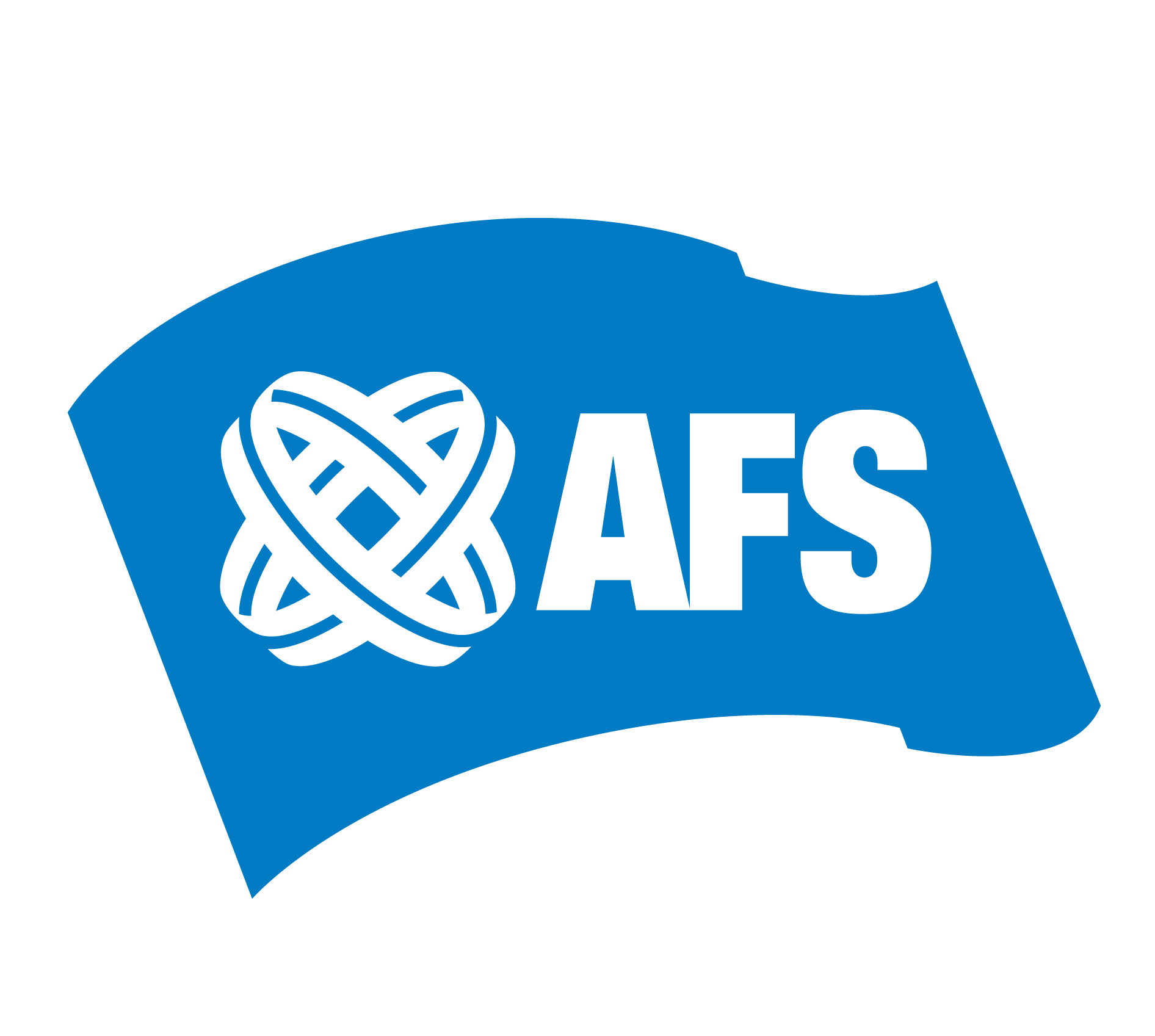Understanding the Cost of Living in Philadelphia: A Comprehensive Guide
Philadelphia, often referred to as the “City of Brotherly Love,” is a vibrant metropolis known for its rich history and cultural significance. As one of the largest cities in the United States, it offers a unique blend of urban and suburban lifestyles. However, like any major city, Philadelphia comes with its own set of financial considerations. This article delves into the intricate details of the average cost of living in Philadelphia, providing insights into housing, transportation, healthcare, and more, drawing from authoritative sources and expert opinions.
Housing: The Cornerstone of Living Costs
Housing remains the most significant expenditure for residents in Philadelphia. According to data from the U.S. Census Bureau, the median home price in Philadelphia is relatively affordable compared to other major cities like New York or San Francisco. As of the latest reports, the median home price hovers around $250,000. This affordability has made Philadelphia an attractive option for both newcomers and long-time residents seeking to invest in property.
For those renting, the scenario is slightly different. The average rent for a one-bedroom apartment in the city center is approximately $1,500 per month, while outside the city center, it drops to around $1,100. These figures highlight a moderate rental market, but it’s essential to note that prices can vary significantly depending on the neighborhood. Areas like Center City and University City can command higher rents due to their proximity to amenities and educational institutions.
Transportation: Navigating the Urban Landscape
Transportation is another crucial component of the cost of living in Philadelphia. The Southeastern Pennsylvania Transportation Authority (SEPTA) provides an extensive network of buses, subways, and regional rail lines, making public transit a popular choice for many. A monthly transit pass costs around $96, offering an affordable way for commuters to navigate the city.
For those who prefer driving, it’s important to consider the costs associated with car ownership. According to AAA, the average annual cost of owning a car in the U.S. is about $9,000, factoring in expenses like fuel, insurance, and maintenance. In Philadelphia, parking can be a challenge, particularly in densely populated areas, adding another layer of complexity to car ownership.
Healthcare: Balancing Costs and Care
Healthcare expenses in Philadelphia are on par with the national average. According to the Bureau of Labor Statistics, healthcare costs have been rising steadily, impacting residents’ budgets. The presence of renowned medical institutions like the University of Pennsylvania Health System and Thomas Jefferson University Hospitals contributes to the availability of high-quality care, although at a price.
Health insurance is a crucial consideration. The Affordable Care Act has expanded coverage options, but premiums can vary widely based on factors like age, income, and chosen plan. It’s advisable for residents to shop around and compare plans through the Health Insurance Marketplace to find the best fit for their needs and budget.
Groceries and Dining: Feeding the City
Food costs in Philadelphia are generally in line with national averages. A typical grocery bill for a single person might range from $250 to $300 per month, according to the Bureau of Labor Statistics. Philadelphia’s diverse culinary scene offers a plethora of dining options, from iconic cheesesteaks to upscale dining experiences. Eating out can be a more significant expense, with the average meal at a mid-range restaurant costing around $15 to $25 per person.
Utilities and Other Essentials
Utility costs in Philadelphia can be unpredictable, largely due to seasonal variations. Heating during the cold winters and cooling in the humid summers can drive up electricity and gas bills. On average, residents might spend around $150 to $200 per month on utilities, including electricity, heating, cooling, water, and garbage services.
Internet services are another essential expense, with costs averaging around $60 per month. It’s worthwhile to compare offers from different providers to secure the best deal, as competition among service providers can lead to promotions and discounts.
Education: Investing in the Future
Philadelphia is home to numerous educational institutions, including the University of Pennsylvania, Temple University, and Drexel University. For families with school-aged children, the cost of education can vary depending on whether they opt for public or private schooling. Public schools are funded by the state and offer a cost-effective option, while private schools can range from $10,000 to $30,000 annually.
For higher education, tuition fees at local universities vary widely. As of recent data, in-state tuition for public universities like Temple University is approximately $16,000 per year, while private institutions like the University of Pennsylvania can exceed $60,000 annually.
Entertainment and Leisure: Enjoying the City’s Offerings
Philadelphia offers a rich tapestry of cultural and recreational opportunities. From historical sites like Independence Hall to world-class museums and vibrant neighborhoods, there’s no shortage of things to see and do. Entertainment costs can vary based on personal preferences, but it’s possible to enjoy the city on a budget by taking advantage of free events, public parks, and community programs.
Conclusion: Navigating the Financial Landscape of Philadelphia
In summary, the cost of living in Philadelphia presents a balanced picture of affordability and expenses. While housing and transportation are significant factors, the city offers various options to suit different budgets and lifestyles. By understanding and planning for these costs, residents can make informed decisions and enjoy all that Philadelphia has to offer.
Whether you’re considering a move to Philadelphia or are already a resident, staying informed about the average cost of living is crucial. By keeping an eye on market trends and budget considerations, you can better navigate the financial landscape of this historic and dynamic city.

